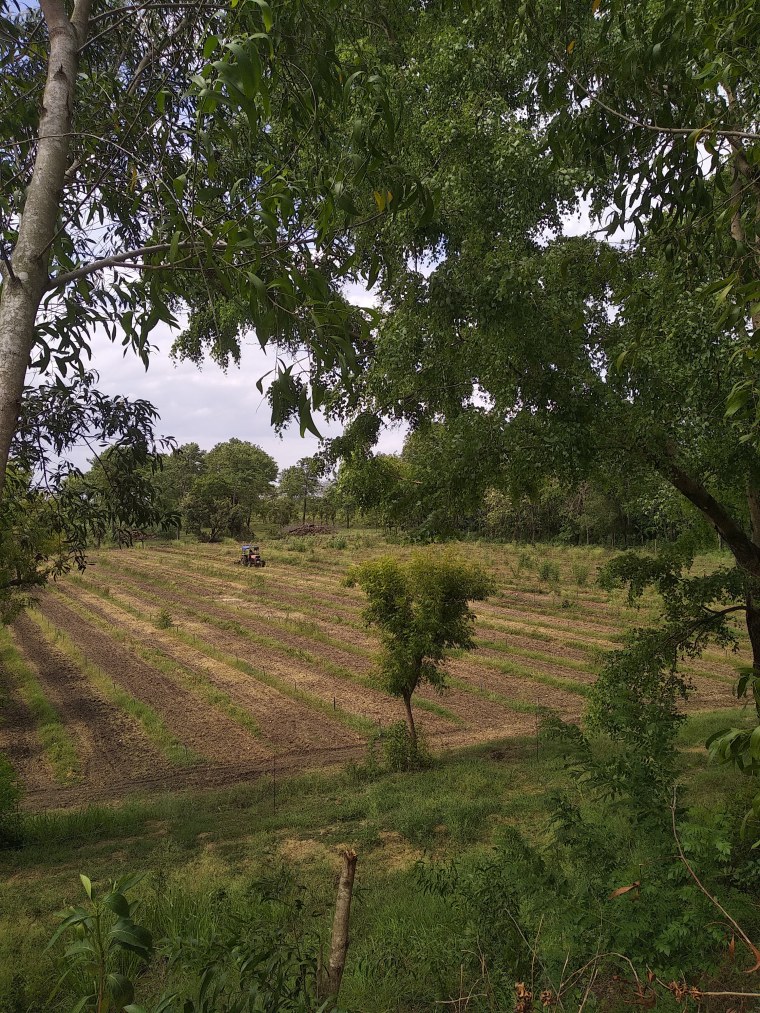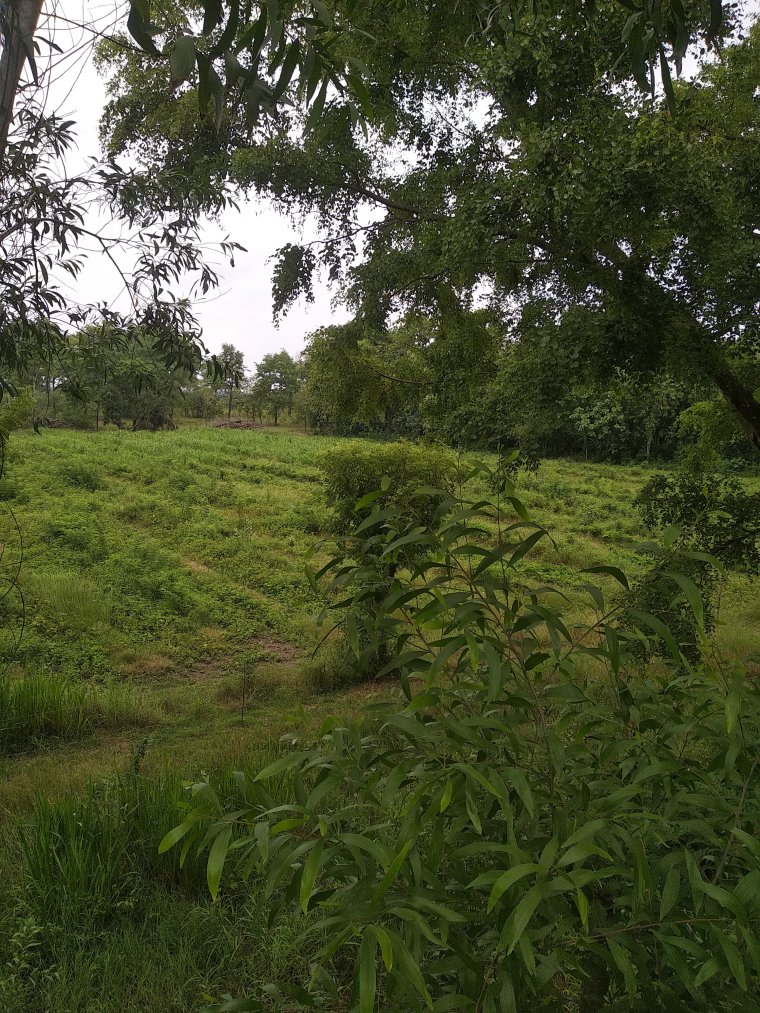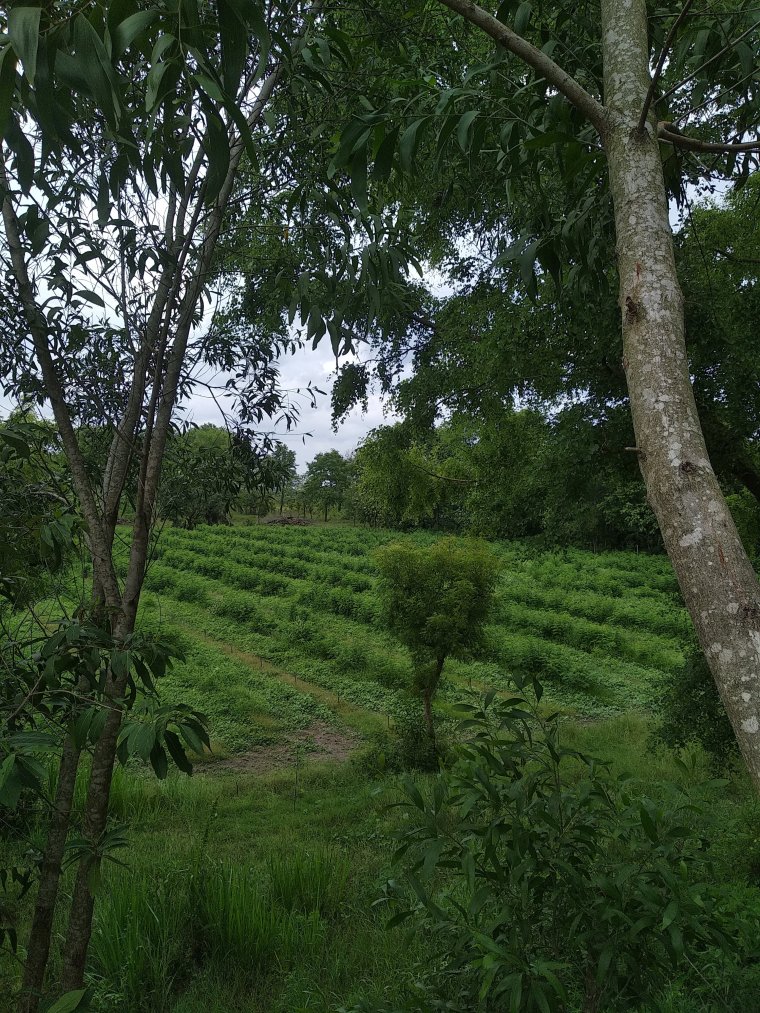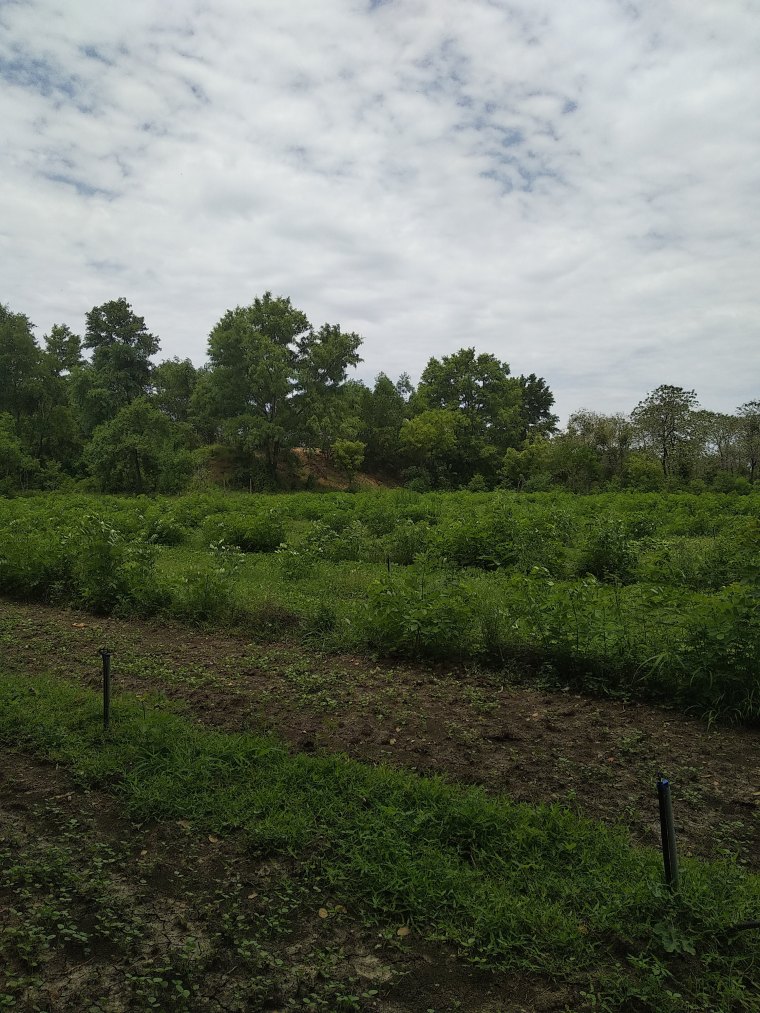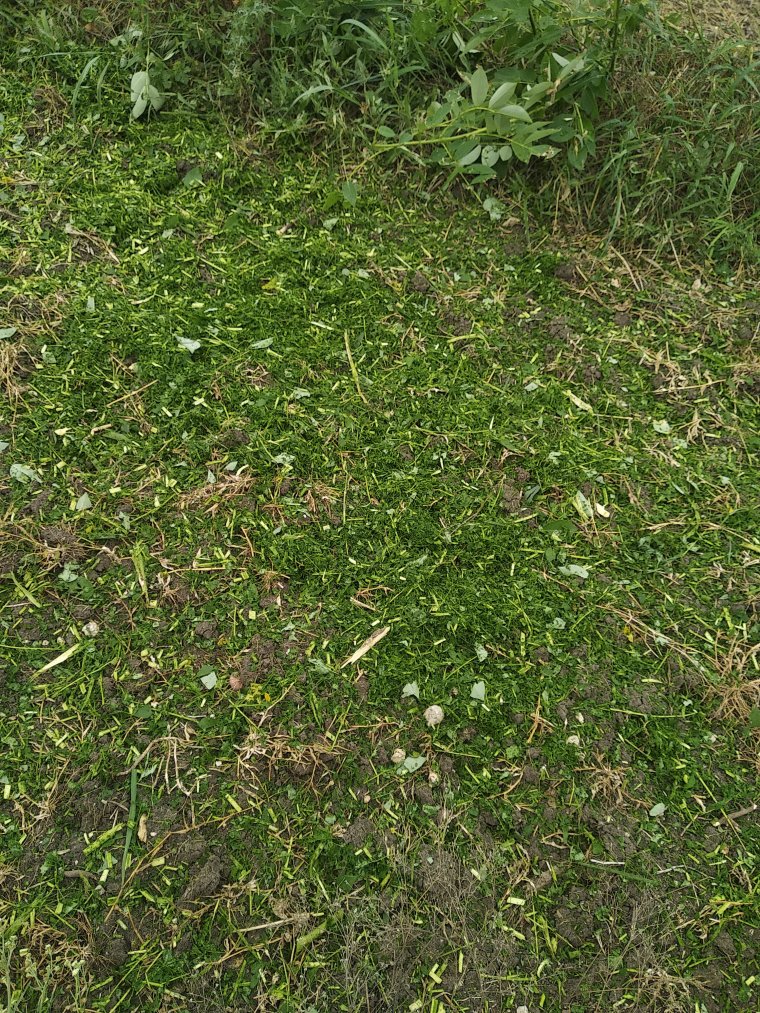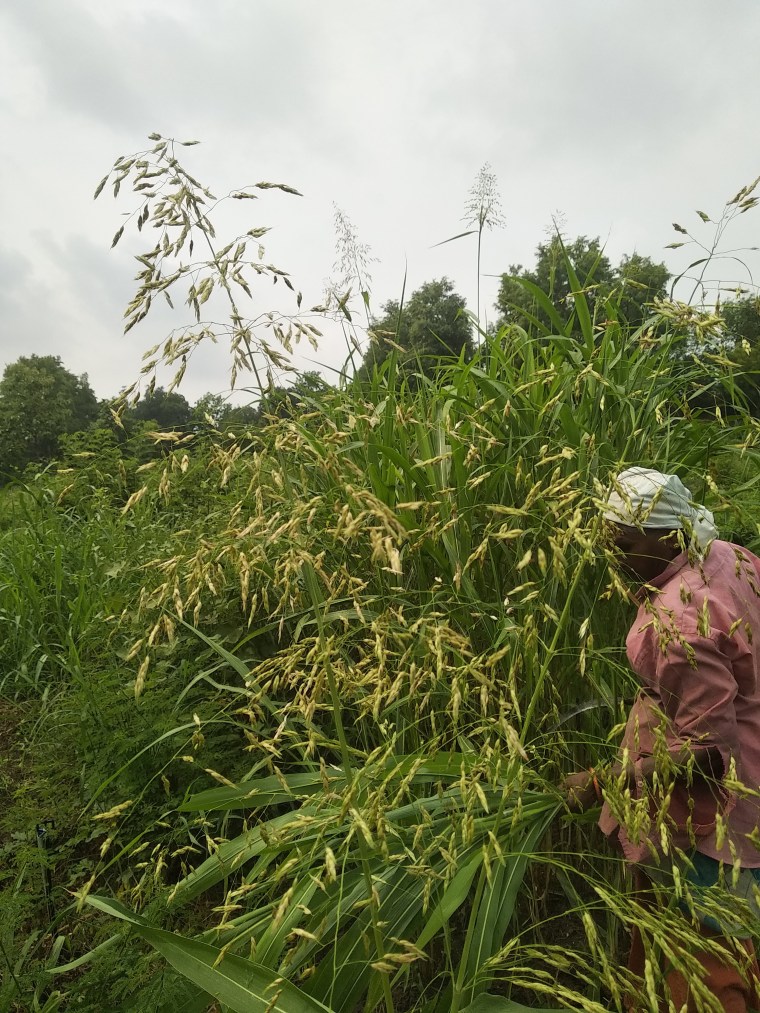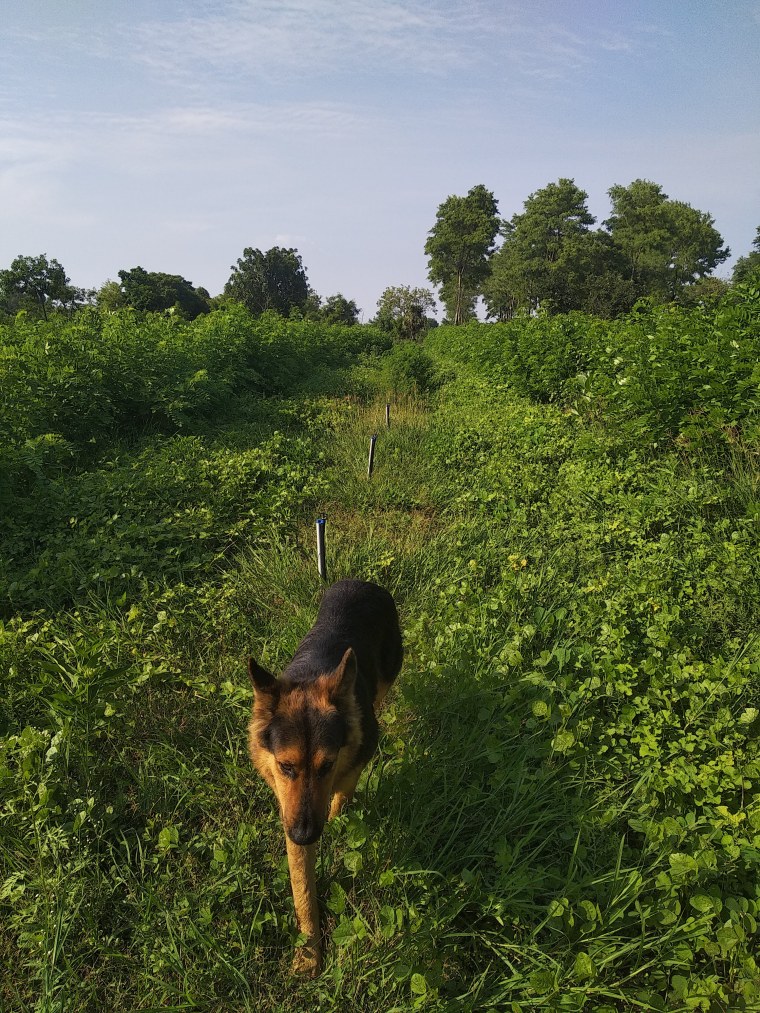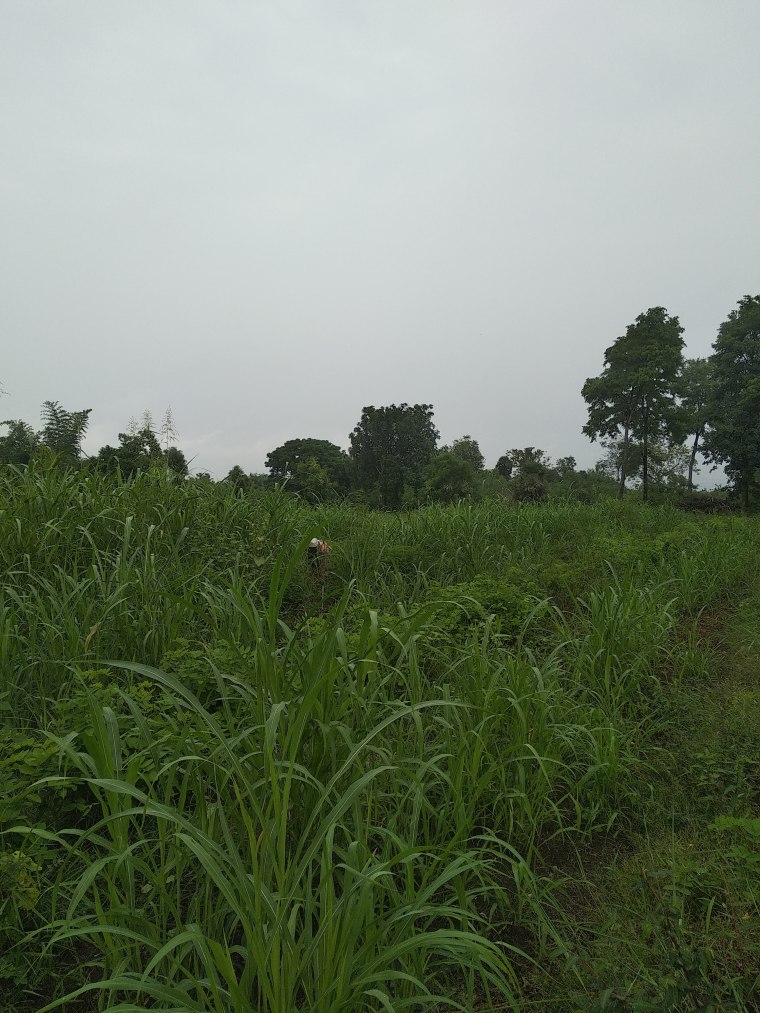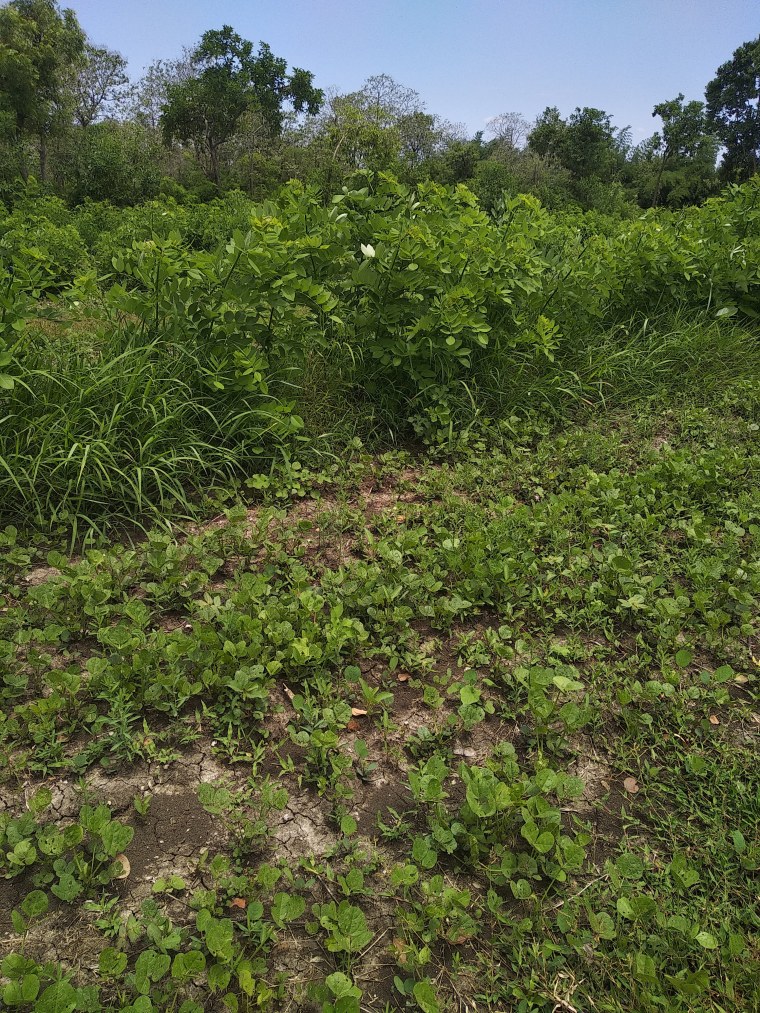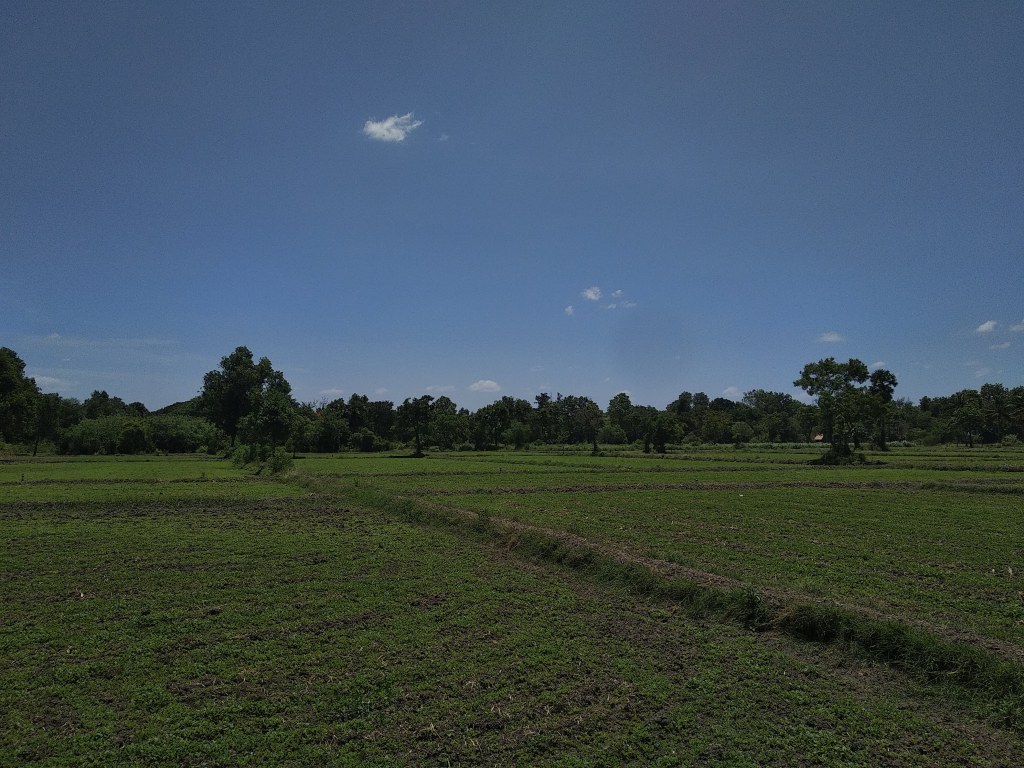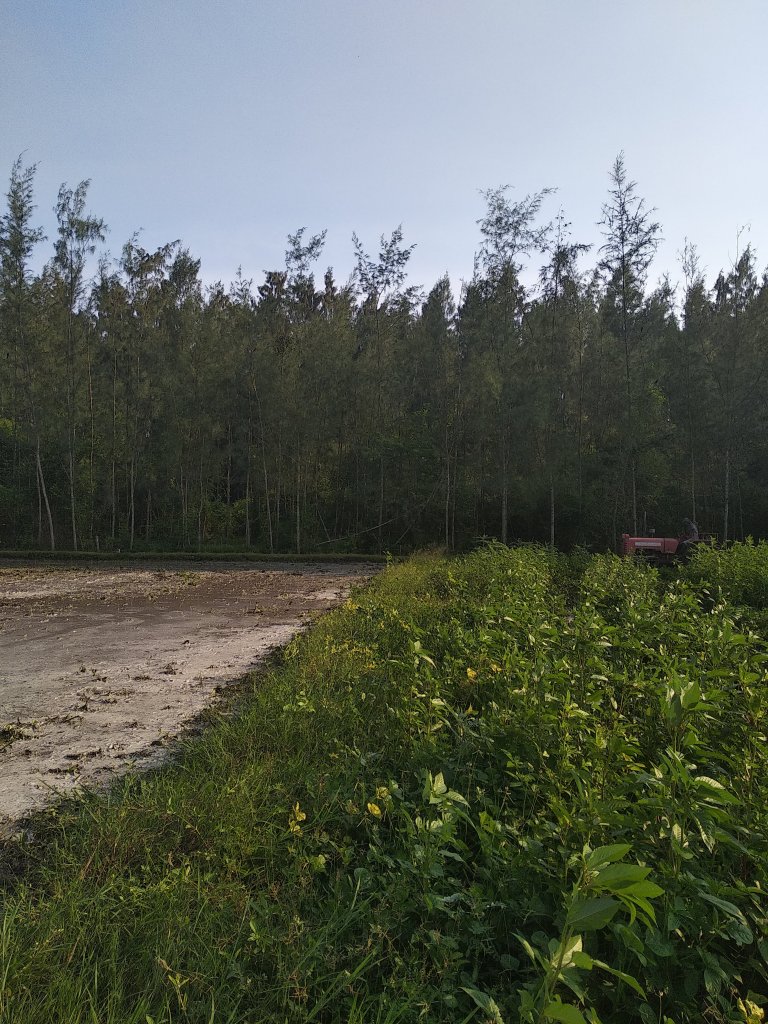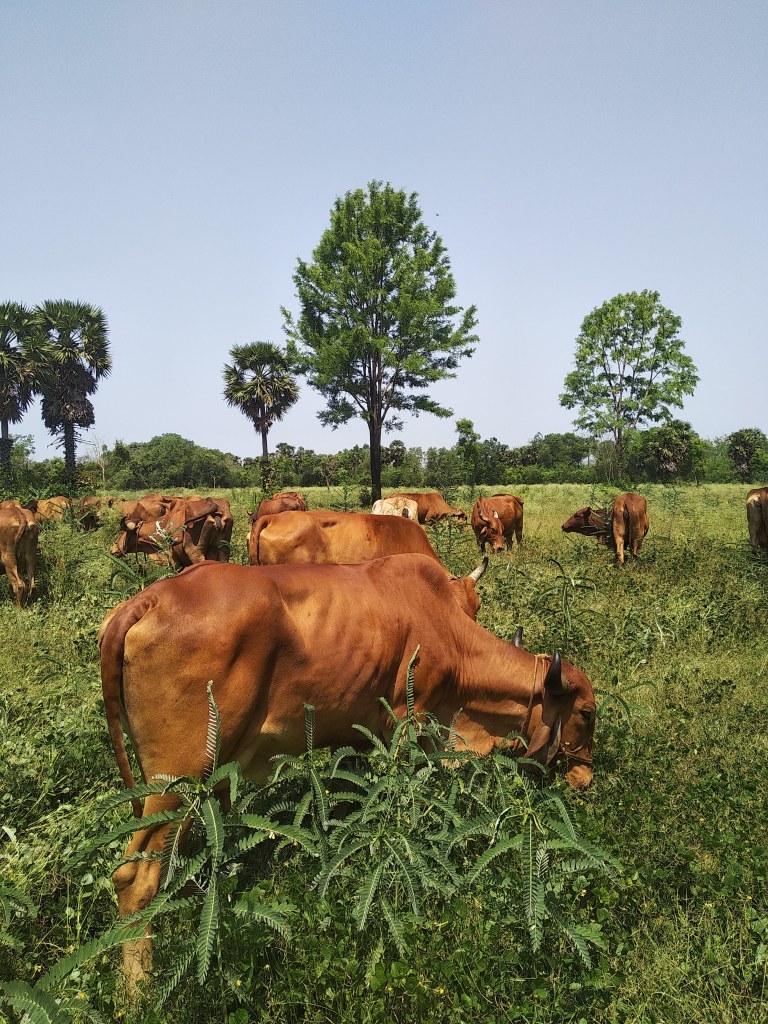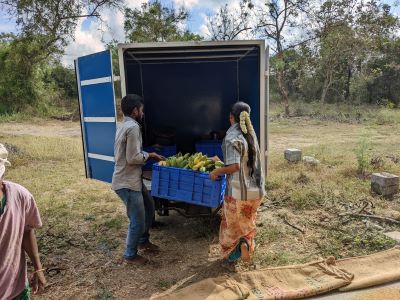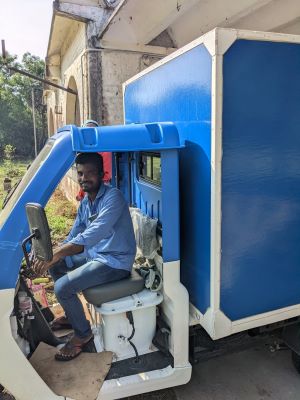In the past few months, we have been busy harvesting paddy, including drying, cleaning and bagging the harvest. We also procured millets, paddy and pulses from Auroville as well as from bioregional organic farms. The procuring of products happens through our Foodlink Grains activity which is based at Annapurna Farm. Most farms have very limited storage capacity and no way to process the grains. For about 10 years Annapurna has been the grain basket for Auroville. We look at the needs of various dry goods in Auroville, procure where needed and possible, store, process and deliver to Foodlink in Auroville when there is demand for these products.
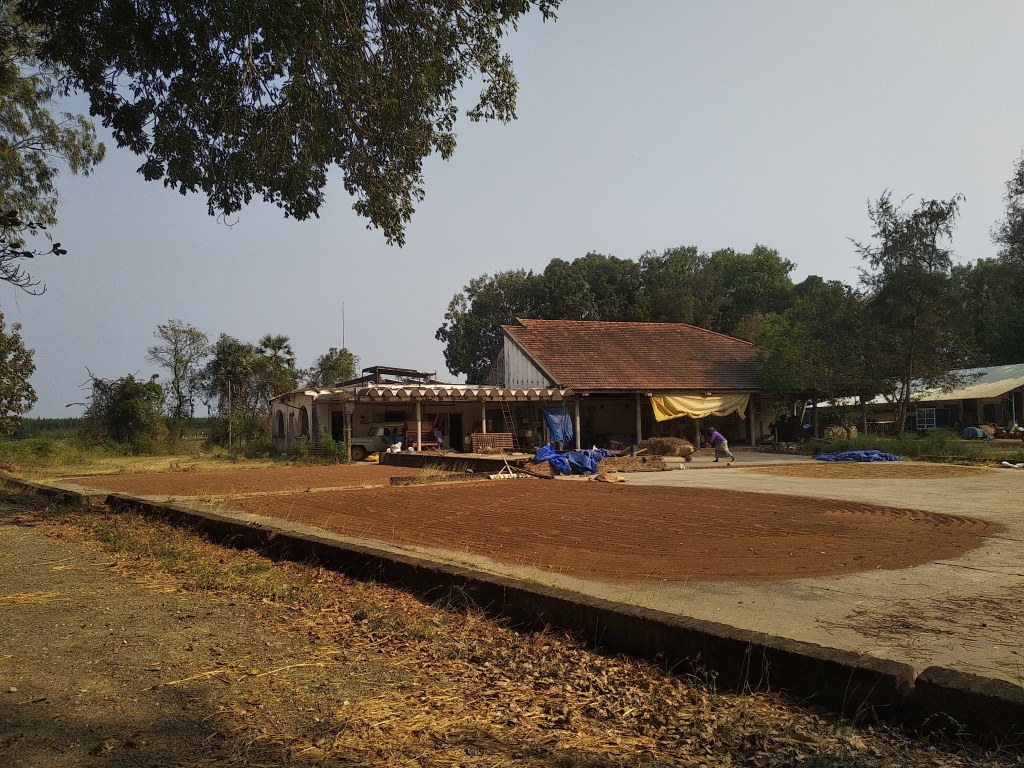
Then there was the end of the financial year-end accounts including stock checking and updating! For 35 years Annapurna always kept accounts in an unofficial way; over the years self-developed a management account system that was based on trust and was sufficient to steer and oversee the farm. From 2022 we are asked to deliver accounts that are to the government standard and can be audited by the CAG. This was a lot of learning and asked much more time to deliver and lots of explaining to be done to the accountants about how it all works in reality on a farm.
We were also confronted with new rules of the FSSAI, the food safety organization of the government, which is making it more difficult for small players like us to stay alive. Then we saw a dramatic raise in millet prices, which in itself is great, but has repercussions for the farm which are quite challenging.
More about all that, and more, later.


